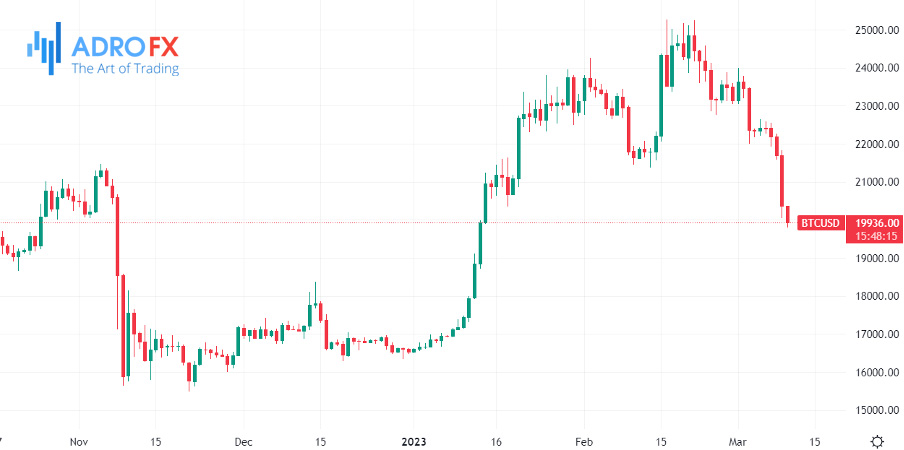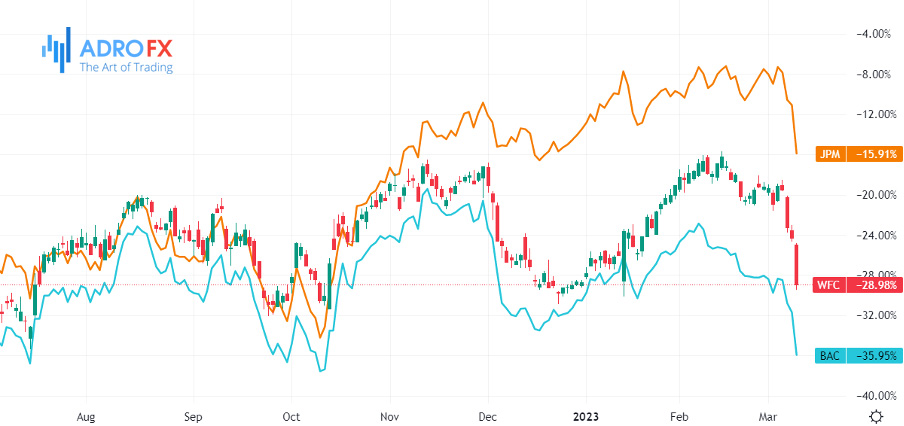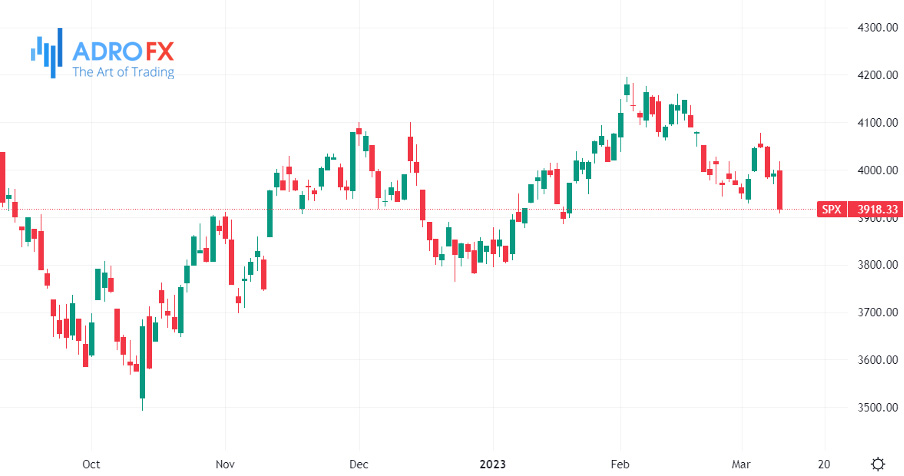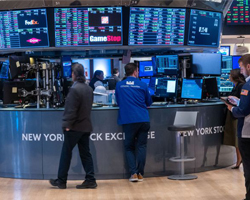Cryptocurrencies and the Banking Sector Shudder as Silvergate Winds Down | Daily Market Analysis

Key events:
- UK – GDP (MoM) (Jan)
- UK – Manufacturing Production (MoM) (Jan)
- UK – Monthly GDP 3M/3M Change (Jan)
- USA – Nonfarm Payrolls (Feb)
- USA – Unemployment Rate (Feb)
- Canada – Employment Change (Feb)
- Eurozone – ECB President Lagarde Speaks
Thursday might have been a quiet day for trading after several positive economic indicators were released. However, a slight rise in weekly jobless claims in the U.S. above 200,000 for the first time since January caused short-term yields to plummet, causing investors to worry. This raised fears about a possible correction in stocks before today's important U.S. jobs data release.
Unfortunately, the big drop in banking stocks spoiled what could have been a quiet trading session. The collapse of Silvergate Capital, along with the sharp drop in SVB stock, plunged the banking sector into darkness.
Silvergate was a key banking provider for cryptocurrency exchanges in the U.S., and it is far from clear how they can find anyone else to facilitate the transfer of funds between cryptocurrencies and fiat currencies.

Bitcoin fell to its lowest level in a month, then recovered slightly, while Ethereum, Cardano, and Solana also fell. Other indicators showed that crypto investors continue to withdraw their funds from the cryptocurrency space, with the value of Binance USD's outstanding turnover dropping to nearly $8 billion - or 50% in the last month, even though Binance said it had nothing to do with Silvergate.
While the collapse of Silvergate Capital was mostly related to cryptocurrencies and did not affect the rest of the banking sector, the drop in SVB stock has raised fears that other banks could face similar problems.
SVB's stock offering of about $2 billion was initiated to strengthen its balance sheet. The bank needed to close the hole created by the sale of about $21 billion in loss-making assets to make sure it could pay depositors in the face of rising interest rates. But SVB had a lot of U.S. Treasury bonds and mortgage-backed securities in its portfolio, which could hit all banks, including the big ones.

JP Morgan lost more than 5%, Wells Fargo and Bank of America lost more than 6%, and SVB fell 60%, sending the S&P 500 below the 100- and 200-DMA and below the basic 38.2% Fibonacci retracement of its October-February rally.
Bank stocks are likely to remain under pressure due to rising interest rates. U.S. rate hikes could become more aggressive again if the U.S. labor market does not weaken and inflation does not cool. Expectations for a 50bp rate hike at the next FOMC meeting exceeded 80% earlier this week, as Fed Chairman Jerome Powell said the Fed could increase the pace of interest rate hikes if "the data mix demands it."

Federal Funds futures currently give just under a 60% probability of a 50 basis point rate hike. Today's U.S. employment data could keep expectations of a 50 bps rate hike alive, or the balance could shift upward by 25 bps. The U.S. economy is expected to add about 200,000 new nonfarm jobs in February, wages are projected to rise from 4.4% to 4.7%, and the unemployment rate is expected to remain stable at 3.4%.
Ideally, it would be better if the U.S. jobs data weakened. Otherwise, the Fed might be forced to take action by raising rates by 50 bps this month, which could accelerate the sell-off in stocks. Soft or softer-than-expected U.S. jobs data today could push expectations of a Fed rate hike back to the 25bp level, while another set of strong jobs data would likely solidify the idea of a 50bp Fed rate hike later this month, leading to higher yields and U.S. dollars and lower stocks.









